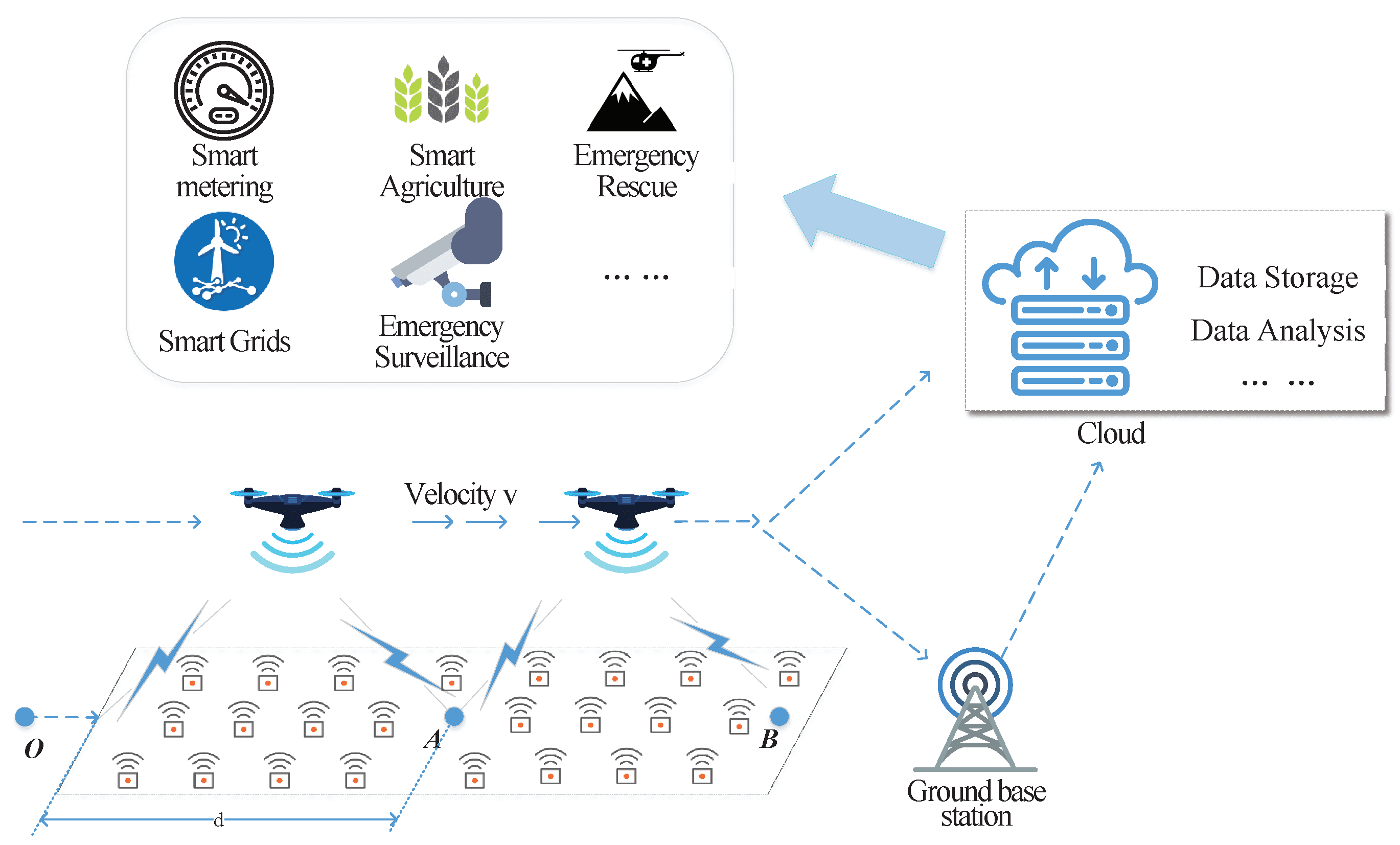How Drones Can Help in Scientific Research and Data Collection
Drones, or unmanned aerial vehicles (UAVs), have revolutionized various industries, including scientific research. Their ability to access remote locations, collect high-quality data, and perform tasks with precision has made them indispensable in multiple fields of study. From environmental monitoring to archaeology and wildlife conservation, drones are transforming the way researchers gather and analyze information.
Environmental Monitoring and Climate Research
Drones equipped with sensors and cameras help scientists study environmental changes such as deforestation, glacial melting, and climate shifts. They can collect air quality data, monitor greenhouse gas emissions, and track weather patterns, providing real-time information crucial for climate studies. By capturing high-resolution images and multispectral data, drones enable researchers to assess ecological changes over time.
Wildlife Conservation and Biodiversity Studies
Traditional wildlife monitoring methods can be invasive and disruptive to natural habitats. Drones offer a non-intrusive alternative, allowing researchers to study animal behavior, track endangered species, and monitor population trends. Thermal imaging and infrared cameras help in nocturnal studies and identifying hidden wildlife in dense forests. By reducing human interference, drones contribute to more accurate and ethical wildlife research.
Agricultural Research and Precision Farming
Drones play a significant role in agricultural studies by collecting data on crop health, soil conditions, and irrigation needs. Equipped with multispectral sensors, they help researchers analyze plant growth patterns, detect diseases, and optimize farming techniques. This information is crucial for improving food production, reducing pesticide use, and promoting sustainable farming practices.
Archaeology and Cultural Heritage Preservation
Archaeologists use drones to map and document ancient sites with high precision. Aerial surveys and 3D mapping allow researchers to study inaccessible or fragile locations without disturbing historical artifacts. Drones also assist in identifying undiscovered archaeological sites by capturing detailed topographical data, helping preserve cultural heritage for future generations.
Oceanography and Marine Studies
Studying marine environments can be challenging due to logistical and safety constraints. Drones provide a safer and more efficient way to monitor coastal erosion, coral reef health, and marine life populations. Equipped with waterproof sensors, they can take water samples, measure temperature changes, and analyze ocean currents, contributing to marine conservation efforts.
Disaster Management and Emergency Research
Drones are valuable in disaster-stricken areas for assessing damage, identifying hazards, and supporting emergency response teams. Scientists use them to study the effects of earthquakes, hurricanes, and floods, collecting data that helps improve disaster preparedness and response strategies. Thermal imaging and LiDAR technology allow drones to locate survivors and map affected regions quickly.
Space and Atmospheric Research
In space and atmospheric studies, drones serve as cost-effective alternatives to satellites for studying the Earth's atmosphere and space-related phenomena. High-altitude drones collect data on atmospheric composition, monitor ozone depletion, and track meteorological changes. They also play a crucial role in planetary exploration by simulating Martian conditions and testing new aerospace technologies.
Challenges and Ethical Considerations
Despite their advantages, drones in research come with challenges such as battery limitations, regulatory restrictions, and privacy concerns. Ethical considerations, including the potential disturbance of wildlife and indigenous communities, must be carefully managed. Ensuring responsible drone usage is vital for maintaining the integrity of scientific research.
Conclusion
Drones have become indispensable tools in scientific research, providing researchers with new perspectives and enhancing data collection methods. From monitoring climate change to preserving cultural heritage and improving agricultural practices, their applications are vast and continually evolving. As drone technology advances, its potential to contribute to groundbreaking scientific discoveries will only expand, shaping the future of research and innovation.
.png)






Leave a Comment
Your email address will not be published. Required fields are marked *